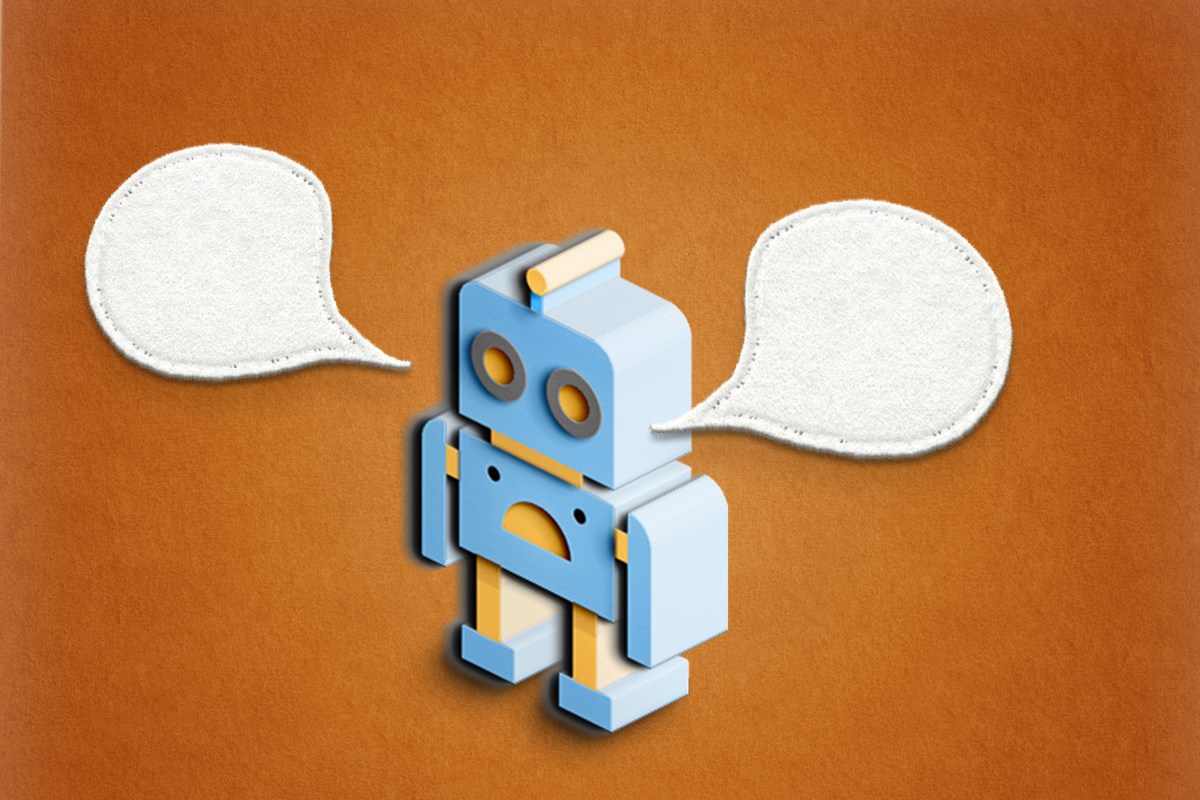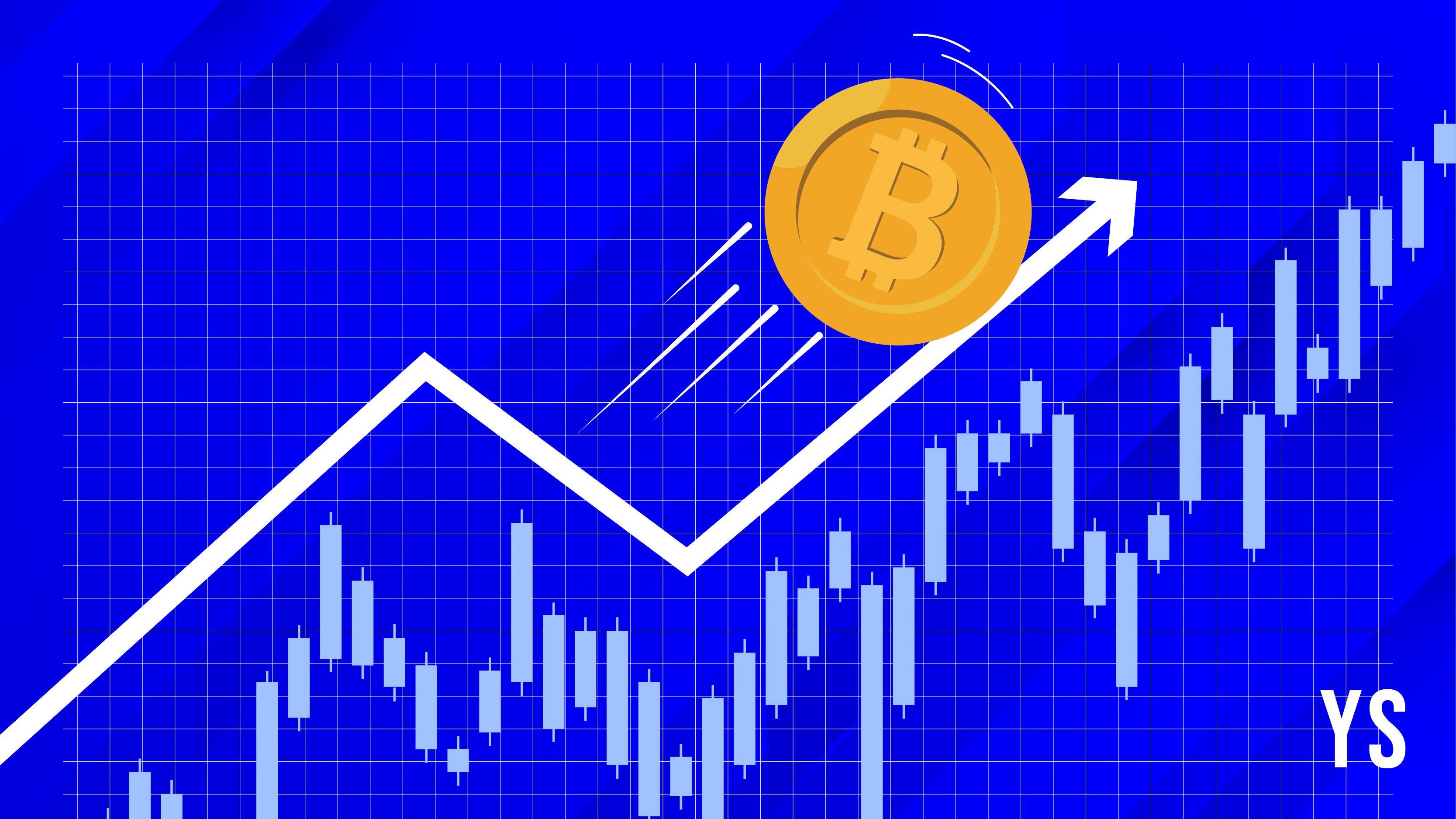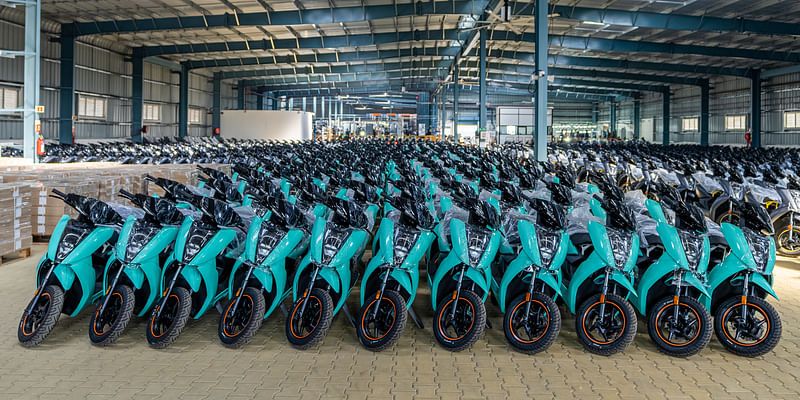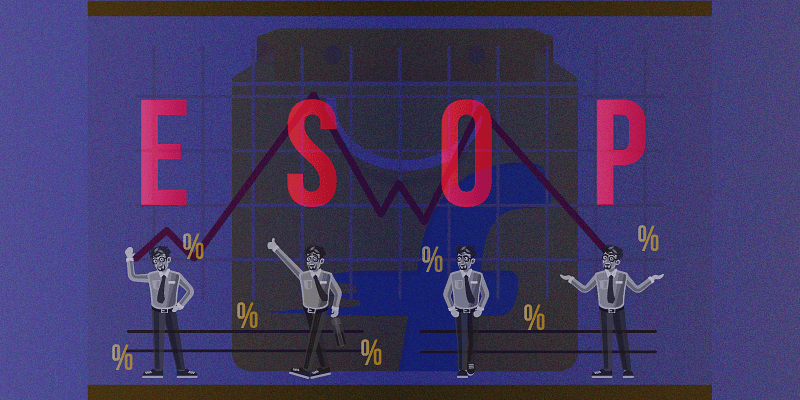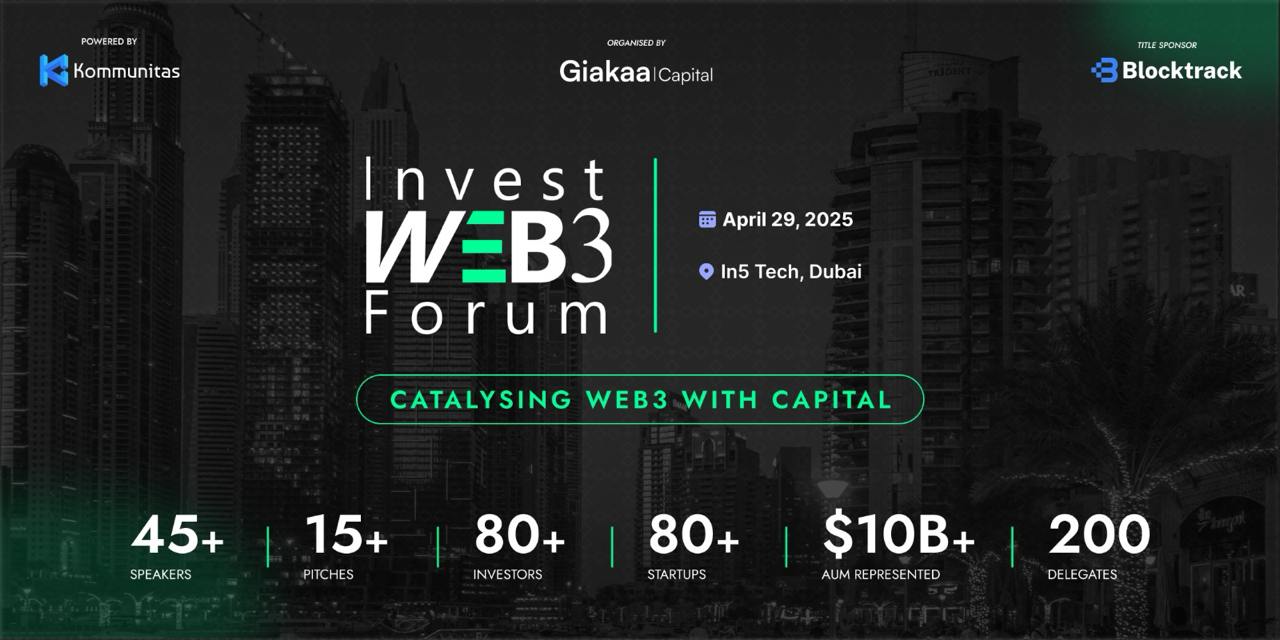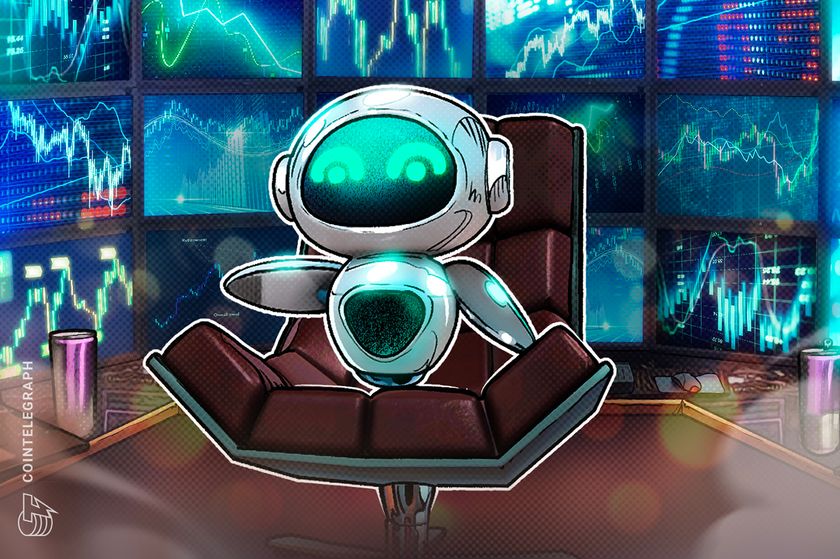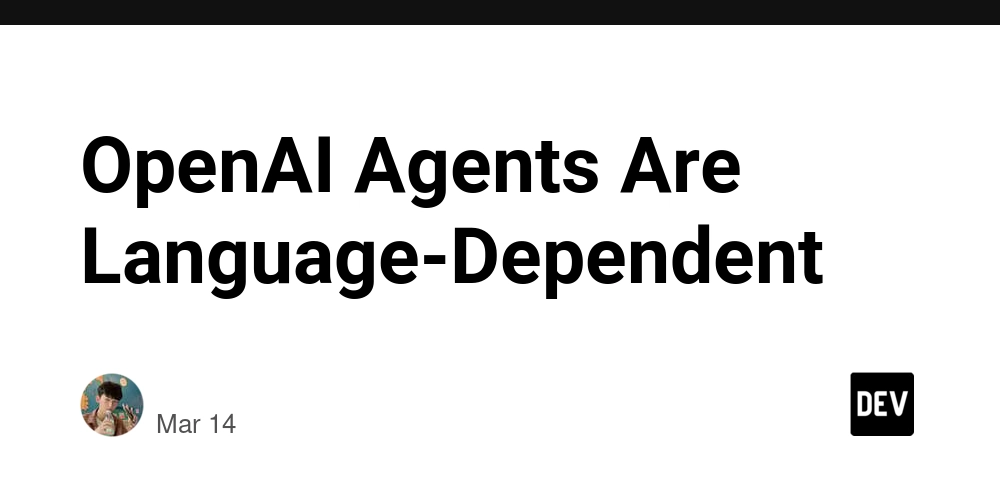Key Software Development Trends That Will Shape 2025
The software development world never stays still for long. New technologies, shifting business needs, and user expectations are pushing developers and organizations to adapt faster than ever. As we step deeper into 2025, several trends are gaining momentum—reshaping how software is designed, developed, deployed, and maintained. Understanding these trends is critical for businesses looking to remain agile, secure, and competitive in a rapidly evolving digital economy. Below are some of the key developments influencing the software development landscape this year. AI-Assisted Development Becomes Mainstream Artificial intelligence is now a daily companion for many developers. Tools powered by machine learning are streamlining code generation, bug detection, testing, and documentation. Rather than replacing developers, AI is helping them write cleaner, more efficient code—faster. Expect to see wider adoption of AI-based pair programming tools and predictive coding platforms throughout 2025. Cloud-Native Architectures Are the New Standard The shift toward microservices, containers, and serverless functions continues to gain ground. In 2025, more organizations are moving away from monolithic applications in favor of cloud-native architectures that offer flexibility, scalability, and easier deployment. This shift also improves fault tolerance and makes continuous delivery pipelines more reliable. Security-First Development Is Essential With data breaches and cyber threats on the rise, secure coding practices are not optional. Security is now being built into every stage of the development lifecycle. DevSecOps—the integration of security into DevOps workflows—is becoming a best practice. Static code analysis, real-time vulnerability scanning, and zero-trust principles are key components of software development in 2025. Focus on Developer Experience (DevEx) The productivity and satisfaction of software teams are directly linked to the tools they use and the environments they work in. In 2025, organizations are investing more in improving developer experience. This includes better documentation, integrated development environments, automated testing frameworks, and collaborative tooling to reduce cognitive load and friction. Rise of Edge Computing Edge computing is enabling faster data processing closer to where it is generated. This is especially relevant for applications in manufacturing, healthcare, logistics, and smart cities. Developers are building software that leverages both cloud and edge environments to optimize performance and latency. API-First Design and Composability Modern software development is becoming modular. API-first design ensures that services are loosely coupled, reusable, and scalable. In 2025, software products are increasingly being assembled like digital building blocks, allowing teams to integrate third-party services or switch components without disrupting the entire system. Sustainability Through Efficient Code Sustainable software development is more than a buzzword. Developers are now conscious of writing efficient code that minimizes energy consumption, especially in high-scale applications. Green coding practices and energy-aware development tools are being adopted to reduce environmental impact. Staying Ahead in 2025 These trends highlight the increasing complexity—and opportunity—within modern software development. Organizations that embrace change and align their digital strategies with these evolving practices will be in a stronger position to innovate and grow. For those seeking custom solutions that align with modern development principles, this resource on software development offers insight into building scalable, secure, and future-ready applications.
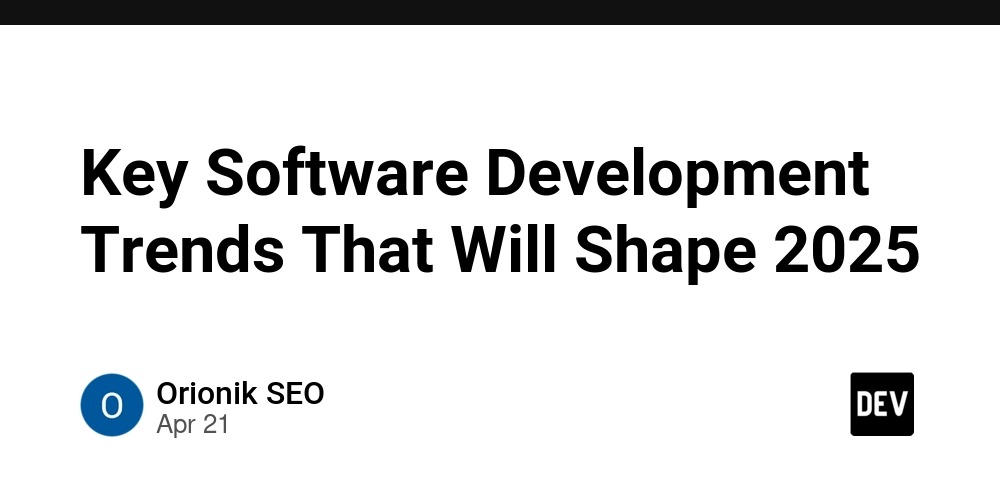
The software development world never stays still for long. New technologies, shifting business needs, and user expectations are pushing developers and organizations to adapt faster than ever. As we step deeper into 2025, several trends are gaining momentum—reshaping how software is designed, developed, deployed, and maintained.
Understanding these trends is critical for businesses looking to remain agile, secure, and competitive in a rapidly evolving digital economy. Below are some of the key developments influencing the software development landscape this year.
AI-Assisted Development Becomes Mainstream
Artificial intelligence is now a daily companion for many developers. Tools powered by machine learning are streamlining code generation, bug detection, testing, and documentation. Rather than replacing developers, AI is helping them write cleaner, more efficient code—faster. Expect to see wider adoption of AI-based pair programming tools and predictive coding platforms throughout 2025.Cloud-Native Architectures Are the New Standard
The shift toward microservices, containers, and serverless functions continues to gain ground. In 2025, more organizations are moving away from monolithic applications in favor of cloud-native architectures that offer flexibility, scalability, and easier deployment. This shift also improves fault tolerance and makes continuous delivery pipelines more reliable.Security-First Development Is Essential
With data breaches and cyber threats on the rise, secure coding practices are not optional. Security is now being built into every stage of the development lifecycle. DevSecOps—the integration of security into DevOps workflows—is becoming a best practice. Static code analysis, real-time vulnerability scanning, and zero-trust principles are key components of software development in 2025.Focus on Developer Experience (DevEx)
The productivity and satisfaction of software teams are directly linked to the tools they use and the environments they work in. In 2025, organizations are investing more in improving developer experience. This includes better documentation, integrated development environments, automated testing frameworks, and collaborative tooling to reduce cognitive load and friction.Rise of Edge Computing
Edge computing is enabling faster data processing closer to where it is generated. This is especially relevant for applications in manufacturing, healthcare, logistics, and smart cities. Developers are building software that leverages both cloud and edge environments to optimize performance and latency.API-First Design and Composability
Modern software development is becoming modular. API-first design ensures that services are loosely coupled, reusable, and scalable. In 2025, software products are increasingly being assembled like digital building blocks, allowing teams to integrate third-party services or switch components without disrupting the entire system.Sustainability Through Efficient Code
Sustainable software development is more than a buzzword. Developers are now conscious of writing efficient code that minimizes energy consumption, especially in high-scale applications. Green coding practices and energy-aware development tools are being adopted to reduce environmental impact.
Staying Ahead in 2025
These trends highlight the increasing complexity—and opportunity—within modern software development. Organizations that embrace change and align their digital strategies with these evolving practices will be in a stronger position to innovate and grow.
For those seeking custom solutions that align with modern development principles, this resource on software development offers insight into building scalable, secure, and future-ready applications.








































































































































































![[The AI Show Episode 144]: ChatGPT’s New Memory, Shopify CEO’s Leaked “AI First” Memo, Google Cloud Next Releases, o3 and o4-mini Coming Soon & Llama 4’s Rocky Launch](https://www.marketingaiinstitute.com/hubfs/ep%20144%20cover.png)



































































































































![From fast food worker to cybersecurity engineer with Tae'lur Alexis [Podcast #169]](https://cdn.hashnode.com/res/hashnode/image/upload/v1745242807605/8a6cf71c-144f-4c91-9532-62d7c92c0f65.png?#)


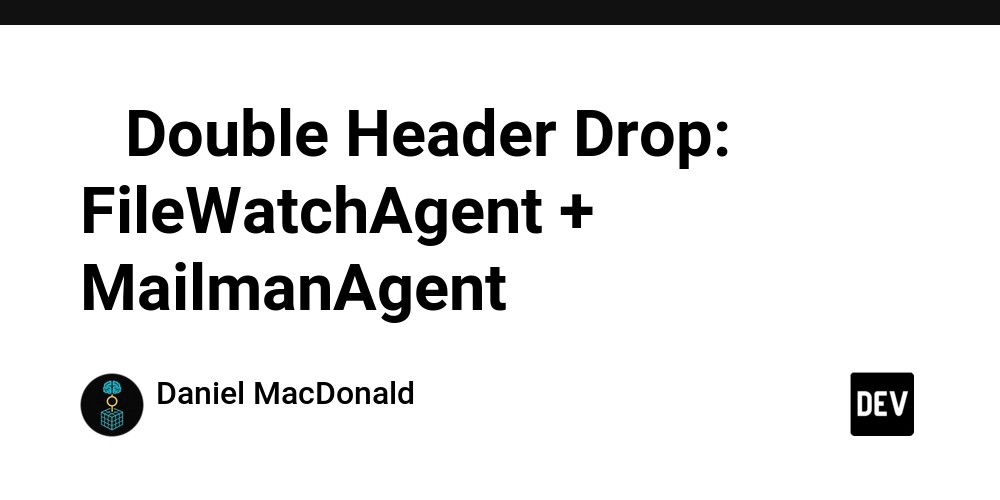
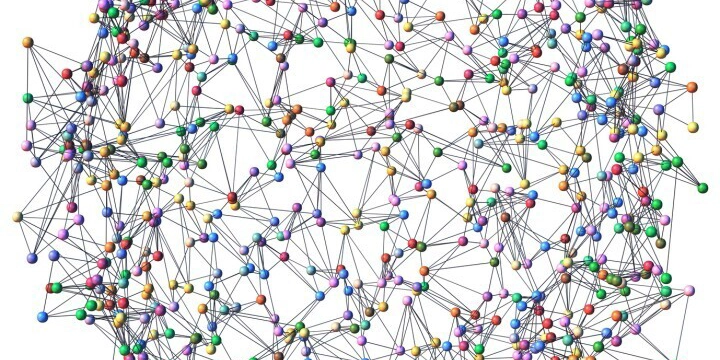




















![BPMN-procesmodellering [closed]](https://i.sstatic.net/l7l8q49F.png)


























































































































.webp?#)













































































































![Next Generation iPhone 17e Nears Trial Production [Rumor]](https://www.iclarified.com/images/news/97083/97083/97083-640.jpg)
![Apple Releases iOS 18.5 Beta 3 and iPadOS 18.5 Beta 3 [Download]](https://www.iclarified.com/images/news/97076/97076/97076-640.jpg)
![Apple Seeds visionOS 2.5 Beta 3 to Developers [Download]](https://www.iclarified.com/images/news/97077/97077/97077-640.jpg)
![Apple Seeds tvOS 18.5 Beta 3 to Developers [Download]](https://www.iclarified.com/images/news/97078/97078/97078-640.jpg)




























































